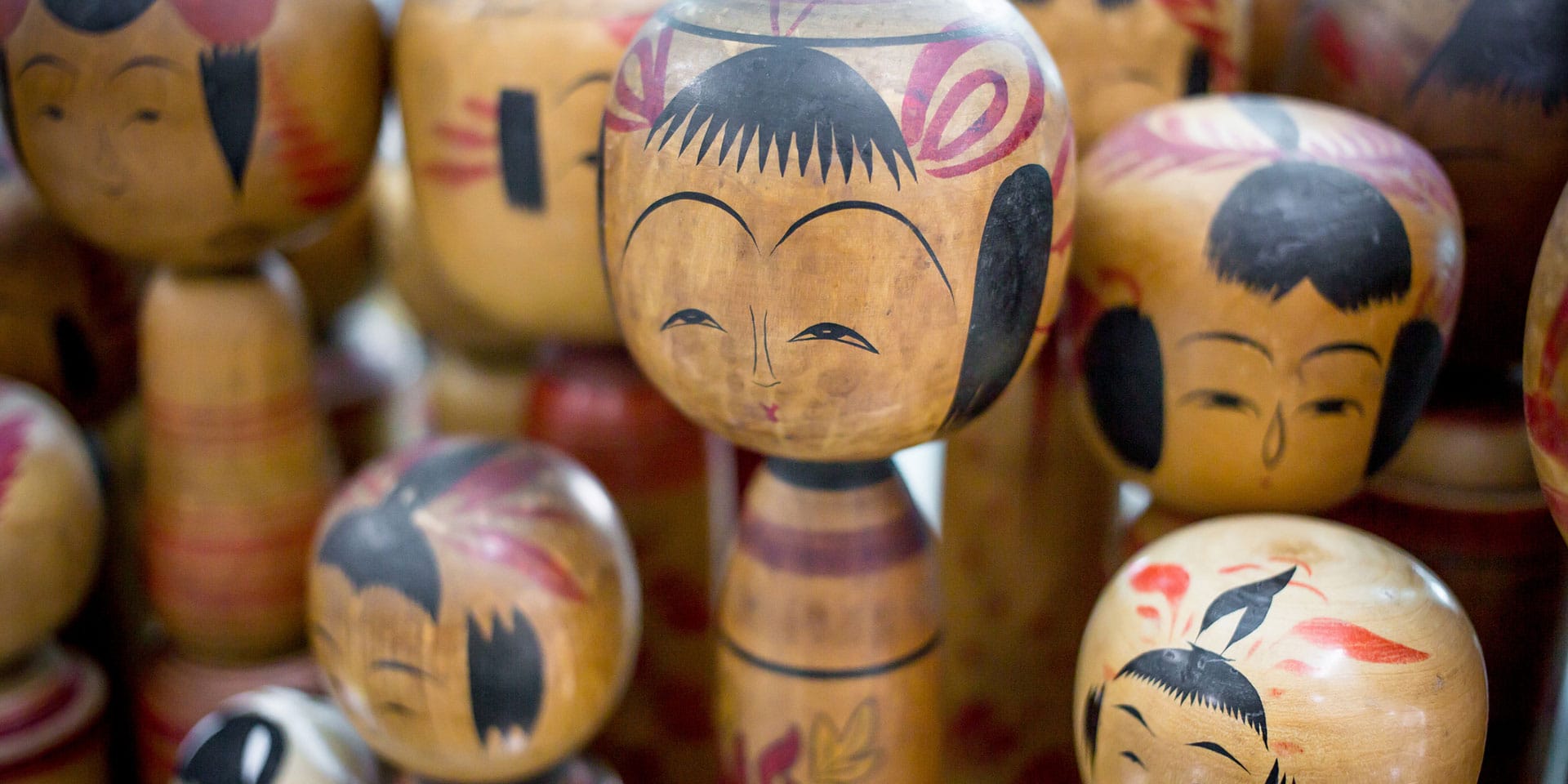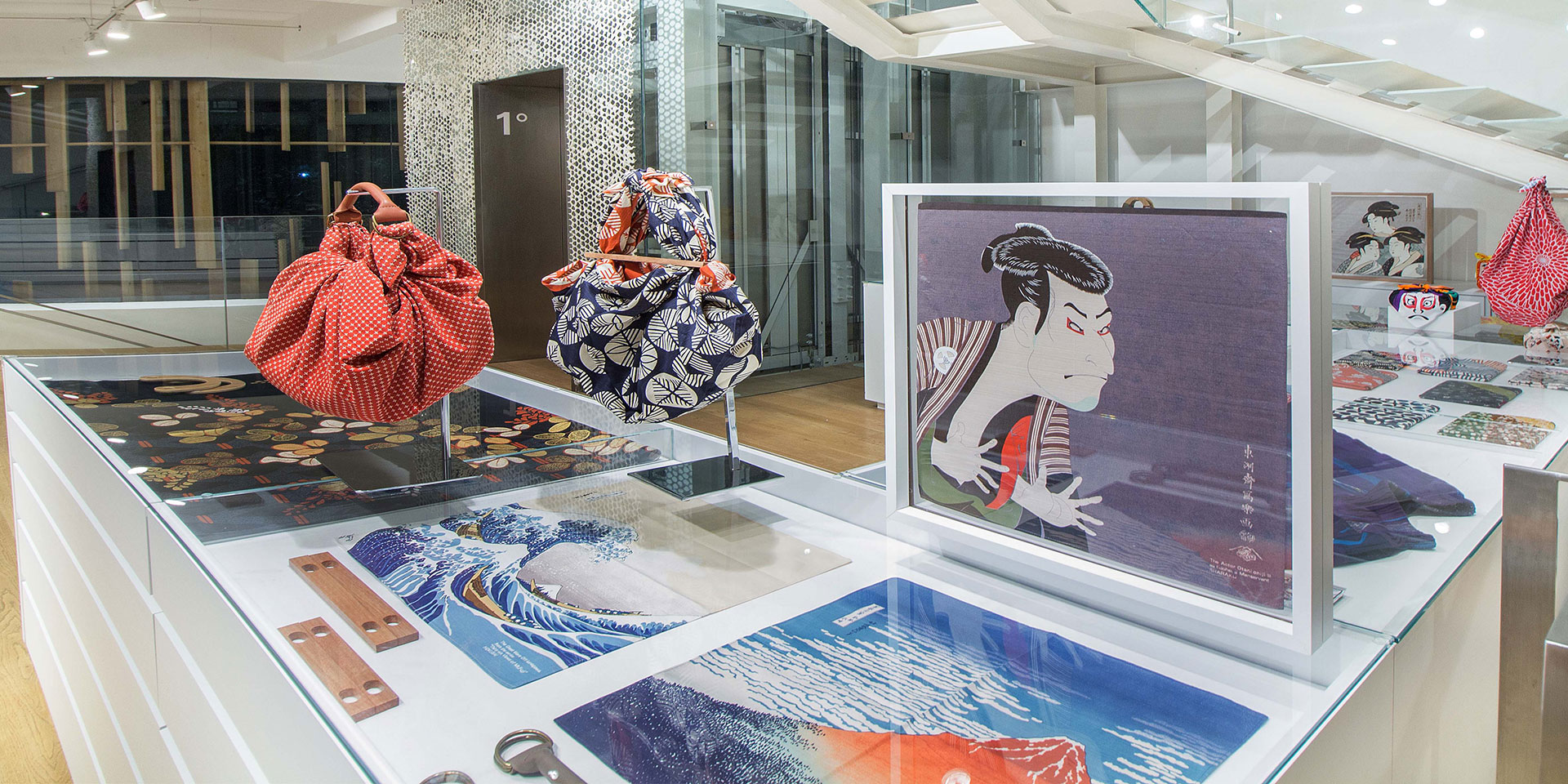In 1908, a Japanese ship called Kasato Maru docked in the port of Santos, in the state of São Paulo, carrying hundreds of people who wanted to improve their living conditions in the coffee fields of the South American country. With that trip began a huge migration that resulted in the largest Japanese community in the world outside of Japan.
The history of these voyages can be unearthed at the Historical Museum of Japanese Immigration in Brazil. With a collection of over 97,000 objects, this is the first stop to discover why the natives of the Asian country decided to settle in the Brazilian capital. On one side of the building that houses it is the Busshinji Buddhist Temple, a peaceful place worth exploring for its architecture and typical Japanese ornaments.
Liberdade, São Paulo’s Japanese Settlement
To savor the Asian legacy in São Paulo, nothing like walking around the Liberdade neighborhood on weekends. Today, it not only houses the city’s Japanese community, but it’s also home to Chinese, Korean and Thai immigrants. In Rua Galvão Bueno, a torii gate, a set of red lanterns called suzurantos, and a Japanese garden let you know that you have entered the heart of the area.
Here you’ll find dozens of stores selling Asian products, where, for some reason, kokeshis (wooden dolls), darumas (amulets that help achieve multiple purposes), kimonos and samurai swords, can be found alongside small replicas of the Eiffel Tower. There are also shops that sell anime and manga, places offering massages and, of course, supermarkets stacked with various Asian snacks.

The street ends at Praça da Liberdade-Japão, where on Saturdays and Sundays a craft fair is set up with a food corridor. Yakitoris, yakisoba, gyozas, sushi rolls and okonomiyakis, known as Japanese pizzas, are some of the most popular dishes. Although most establishments accept cards, it’s recommended to take reais (the Brazilian currency) so you can satisfy your cravings without limitations.
If you prefer a more formal meal, there are restaurants in the surrounding streets that offer all kinds of Asian delights. Lamen Kazu is highly recommended, the chef suggests the Hokkaido Misso Lamen, a delicious and comforting dish of ramen that can be paired with a Kirin Ichiban beer. Be prepared to wait for a spot because the place is full of diners and the waiting list is long.
Other Japanese Spots in the City
Liberdade is not the only place where the Japanese presence in São Paulo can be felt. There are sushi restaurants throughout the city and, in many of them, they not only offer a la carte service, but they also operate using the rodizio system, in which you pay a fixed price and the waiters bring to the table trays with different specialties.
You can choose between trying everything or repeating what you liked the most. The only rule is that you’re not allowed to take what you don’t finish. Kawa, in Alameda Lorena, is a good option to enjoy a rodizio of sushi. The traditional option is around 100 reais (25 USD) and the vegetarian option is 70 (18 USD). The drinks have an extra cost.
At the end of Paulista Avenue, the main artery of the city, you can find Japan House. This project, promoted by the Japanese government to spread Japanese culture, has sister headquarters in London and Los Angeles.
The center was born in 2017, in a building that was previously occupied by a bank. Designed by the architect Kengo Kuma, its wooden facade represents a forest that grew in the big city.
Inside, which is divided into 3 floors, there are spaces for exhibitions and conferences, offices, a multimedia library, shops and a restaurant called Aizomê, a culinary proposal by the chef Telma Shiraishi, which promotes a responsible and sustainable approach to the consumption of seafood and fish.
São Paulo is a melting pot of different cultures and ancient legacies and, without a doubt, its Japanese heritage has left a deep mark in the city.




